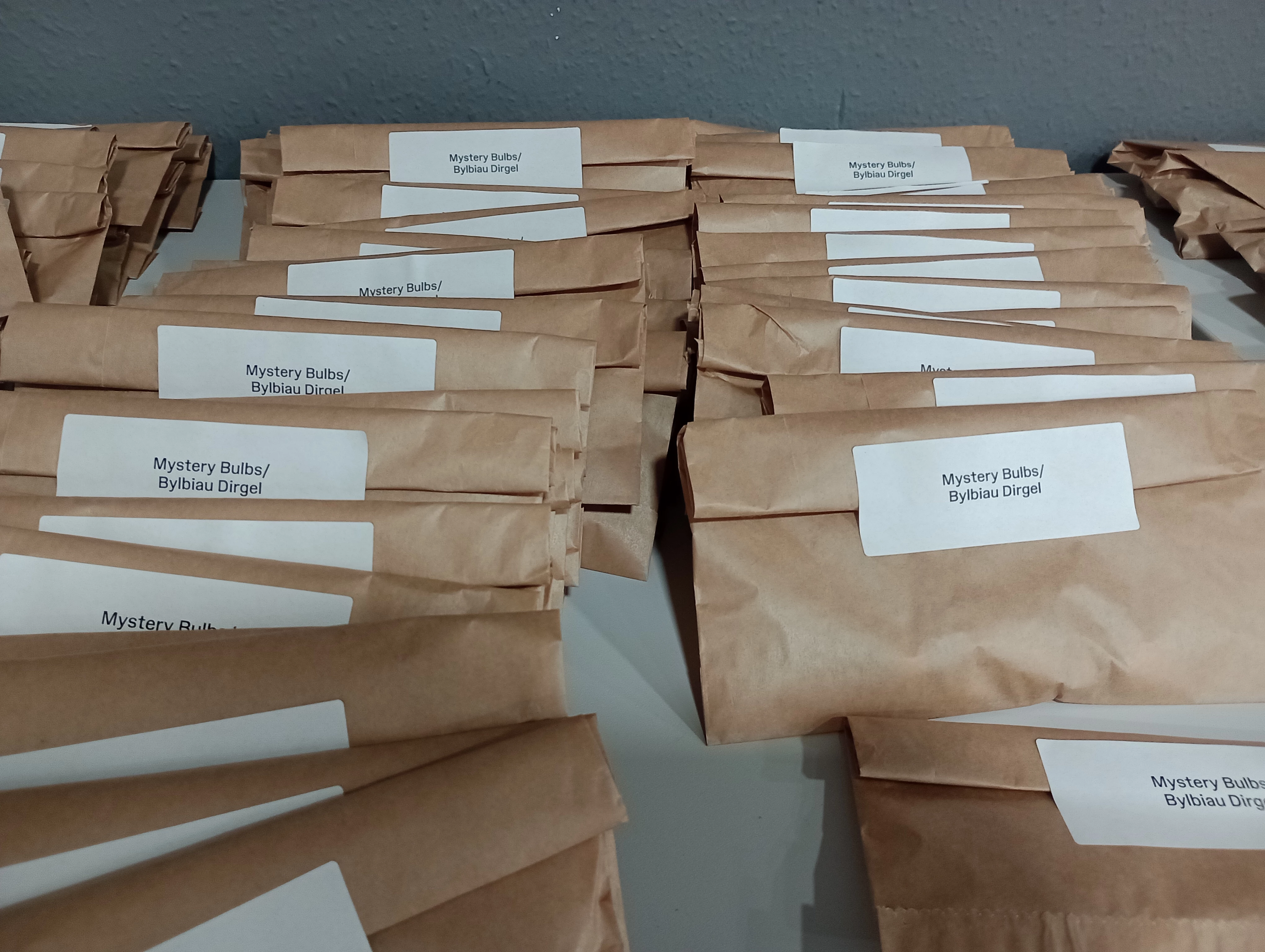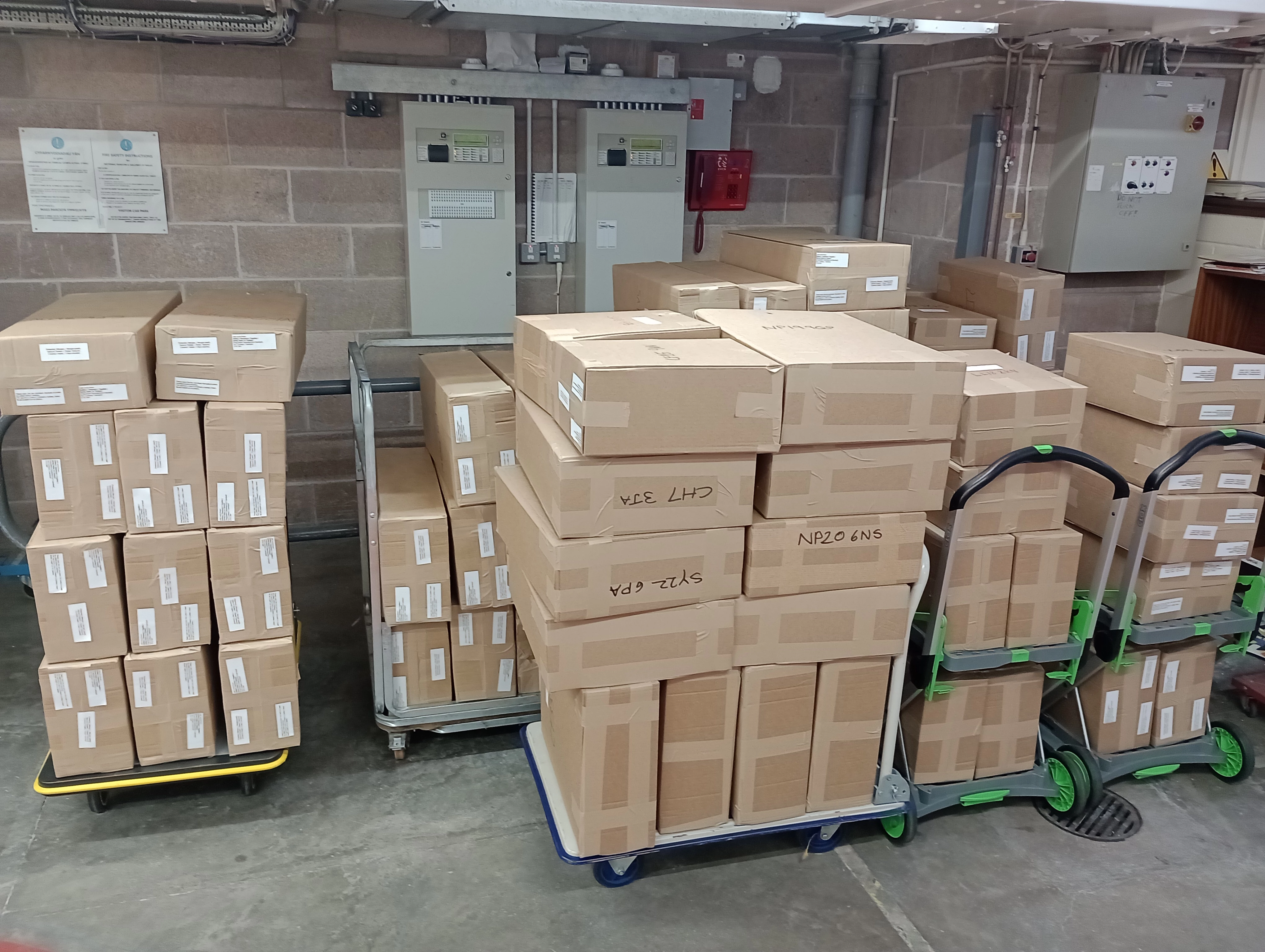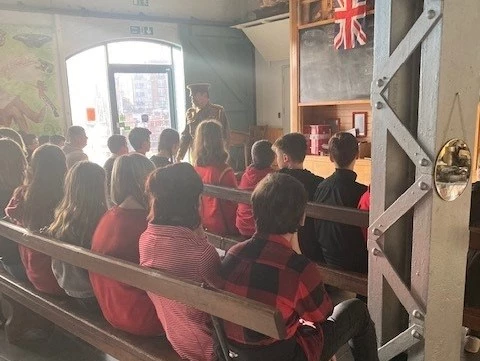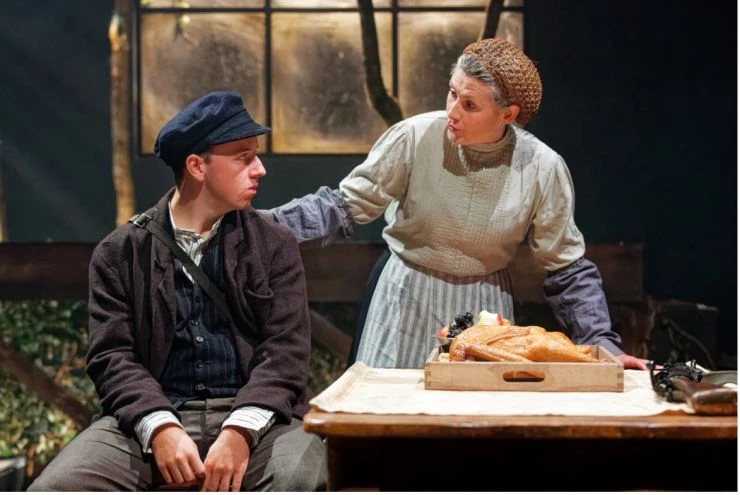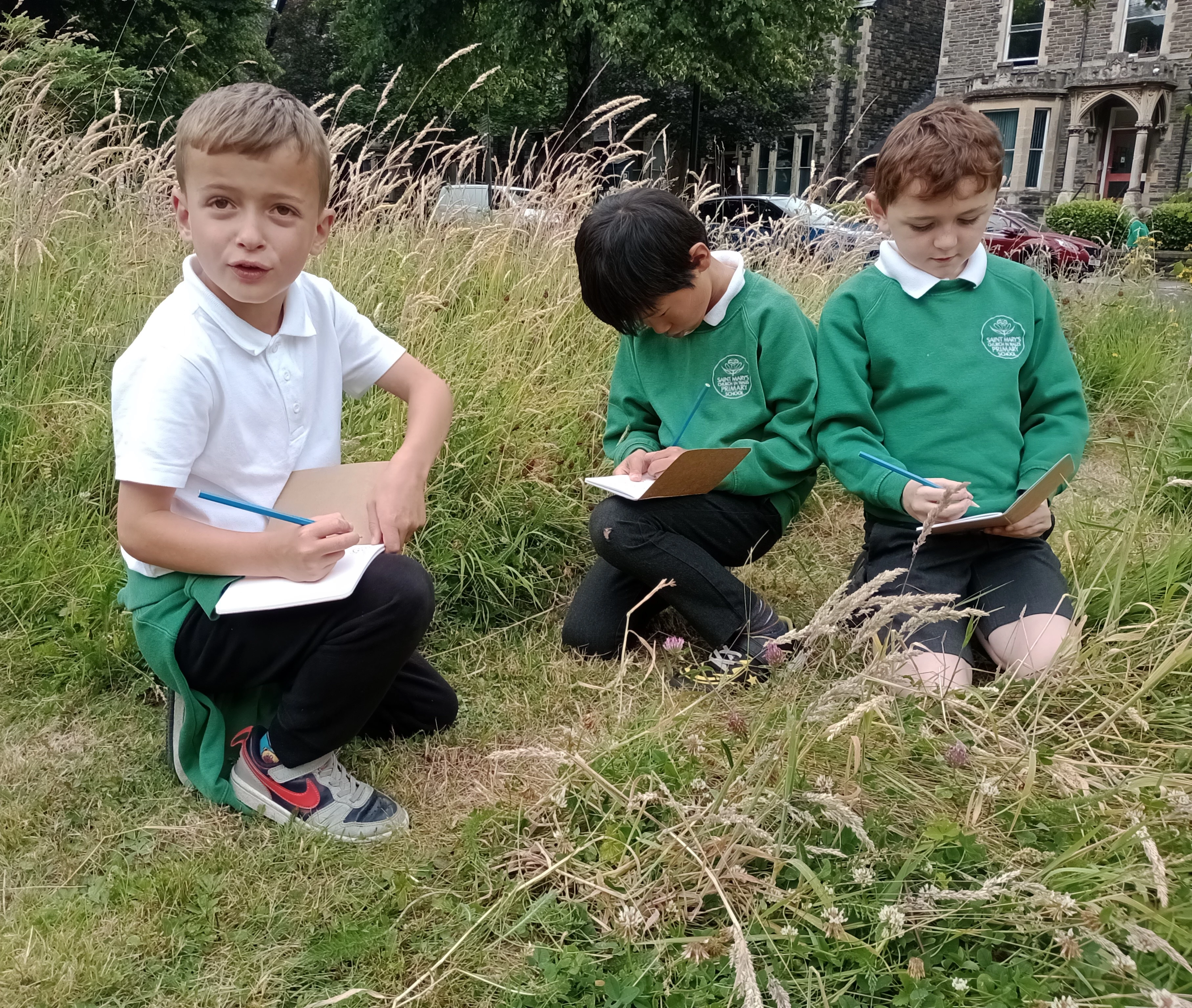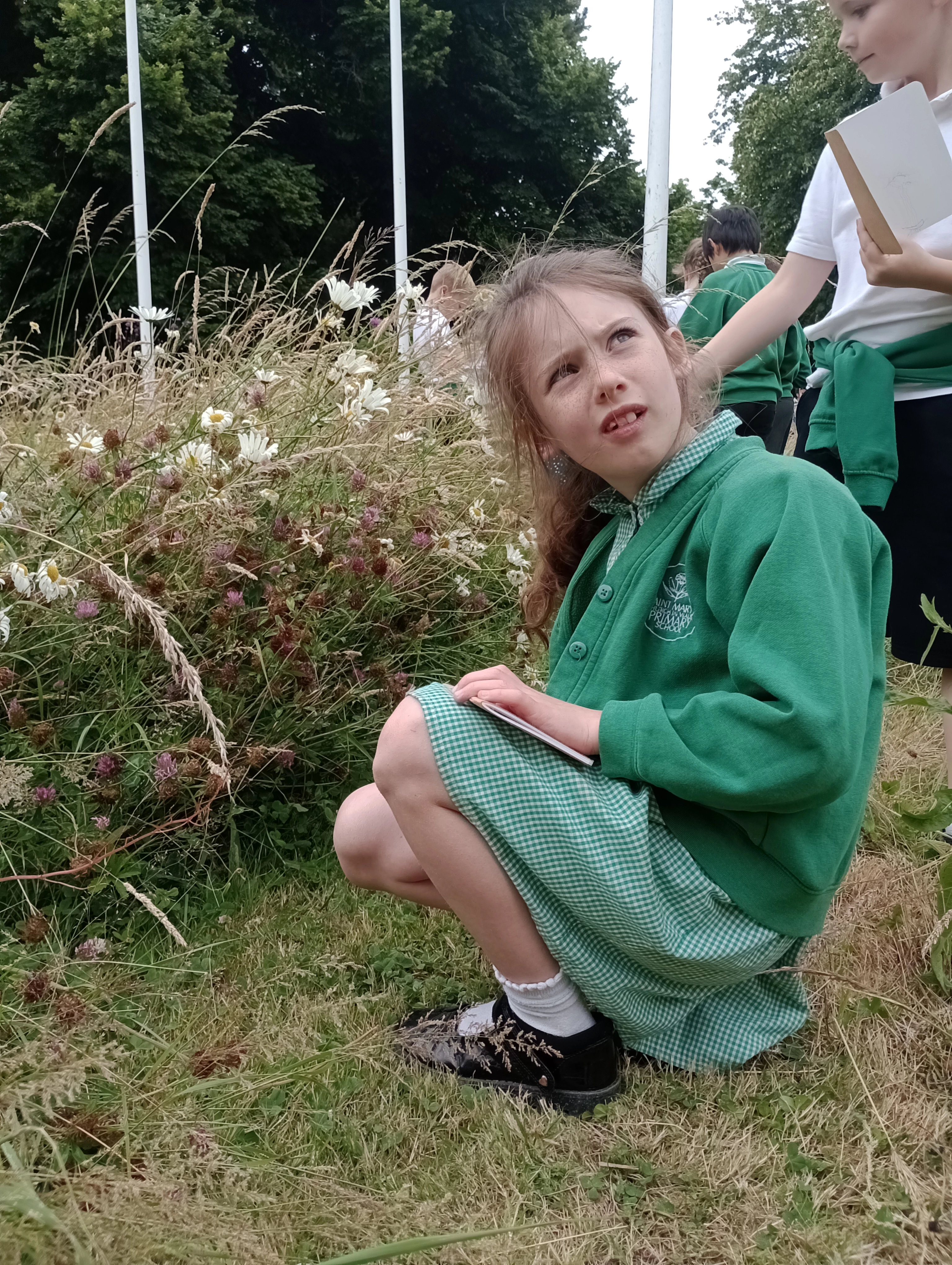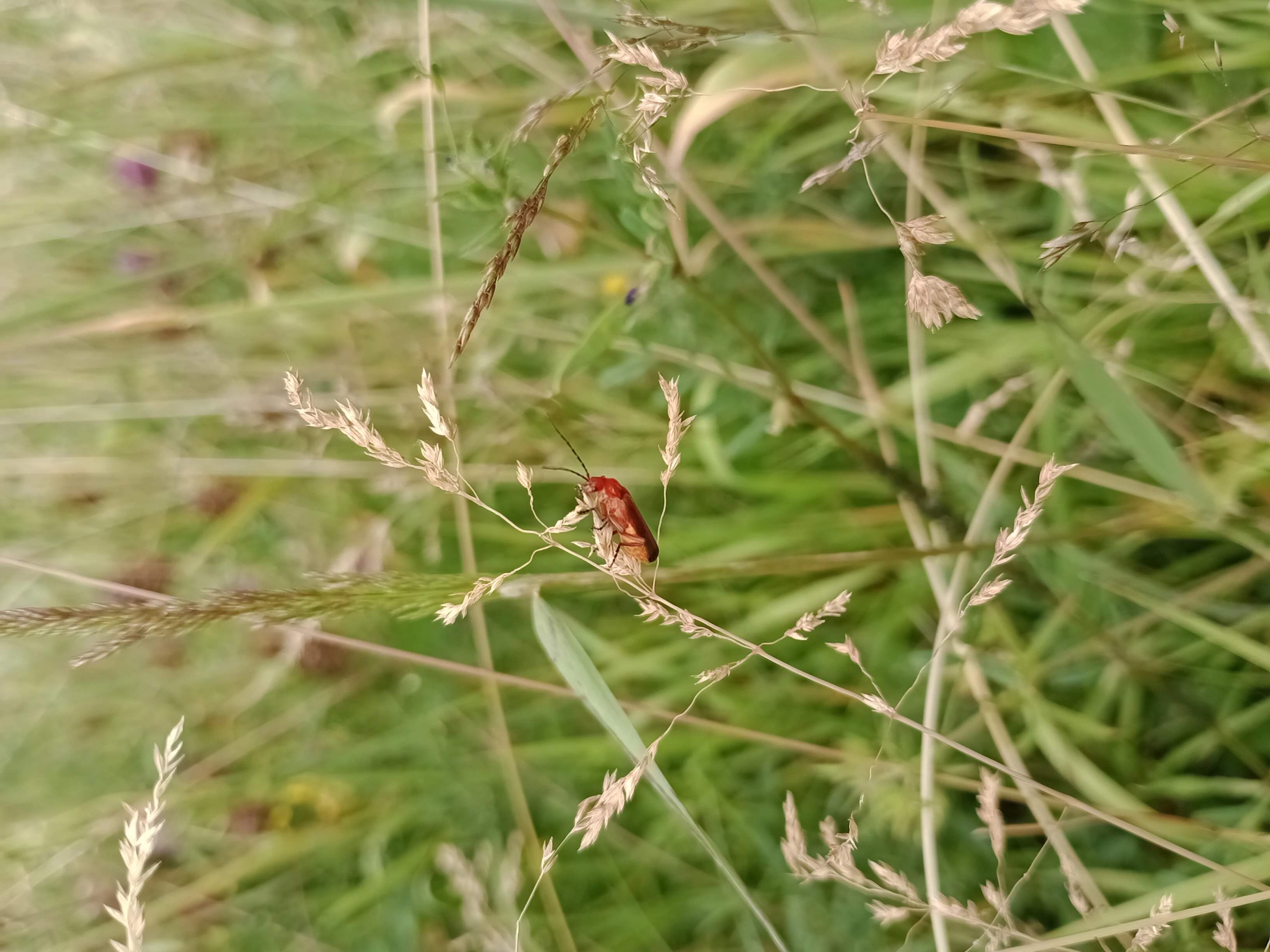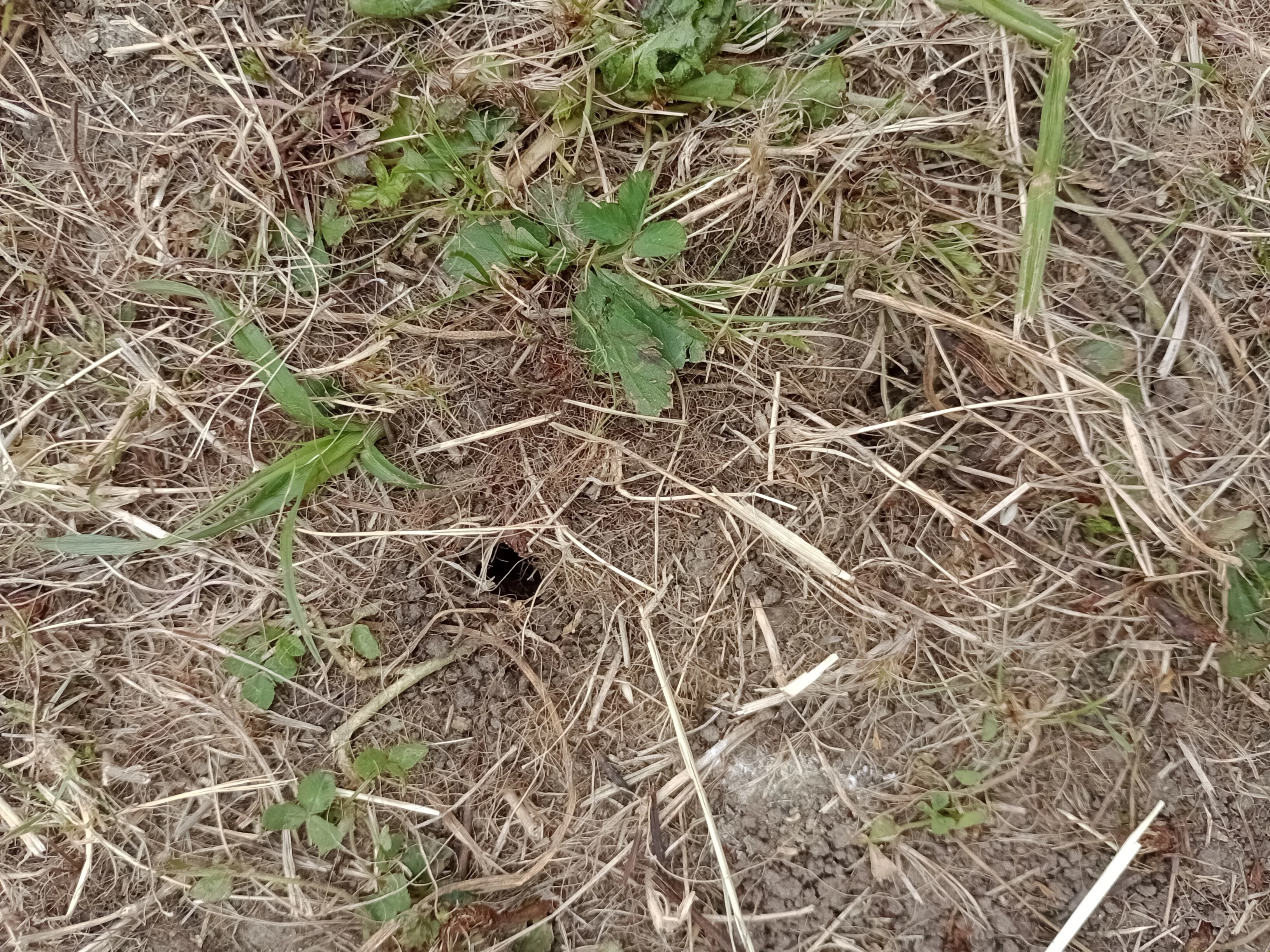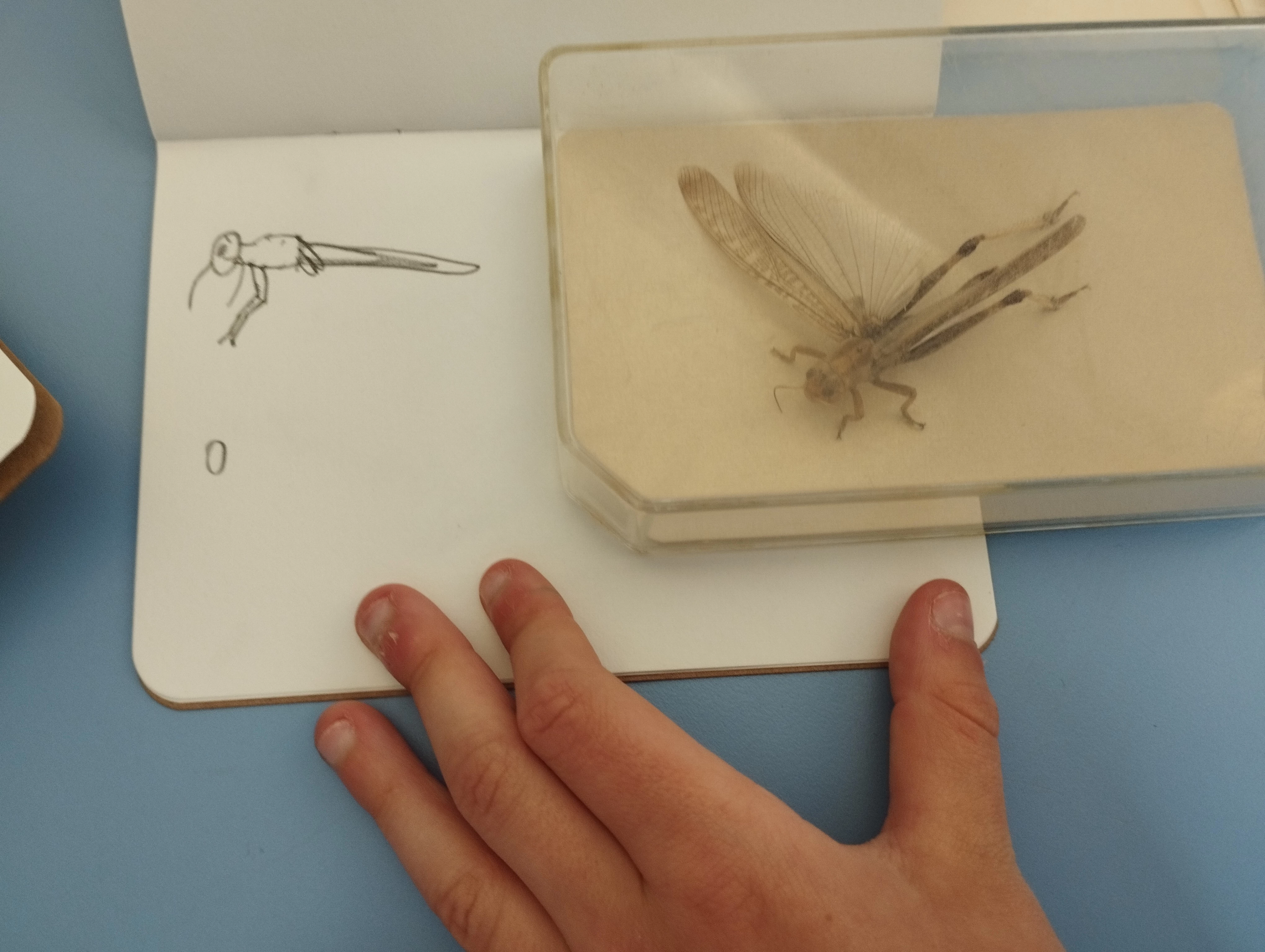We were recently visited by a group of students from Collège Galilée de La Salvetat Saint Gilles in the south of France. They visited The Art of the Selfie exhibition and then explored the rest of the museum. Upon returning home to France, several of the students wrote about their trip and were kind enough to send us their work. Read on for the thoughts of Théo, Lilou, Elisha and Ambre in their own words.
Théo
The National Museum of Cardiff is situated in the city centre. If you want an immersive experience which mix all types of art you must visit the National Museum!
We are French students from Collège Galilée in La Salvetat St Gilles in the South of the France. We are a group of 21 pupils and we take part of the LCE class (Langue et Culture Européenne) in the final year of our secondary school. We had the chance to travel to Swansea, Cardiff and Bristol for one week and visit this museum during this school trip.
The ephemeral exhibition The Art Of The Selfie, is a great experience. We experienced an emotionally-charged universe. When you arrived in the room you’re plunged in obscurity where only the pieces of art are illuminated. You can see many self-portraits such as Van Gogh, the atypical work of Anya Painstil.
The visit on Wednesday 15th May 2024 to the National Museum of Cardiff was incredible, it was interesting and wonderful. There were a lot of different exhibitions with all types of art it’s perfect for had a good moment in family or friends. I think my favourite piece of art is The Bard because its feeling about liberty.
Lilou
I loved the visit of National Museum, the pieces of art are so beautiful. I really enjoyed the part on the first floor and the part about the sea animals.
On the first floor the pieces of art were so well organized, I really enjoyed this part of the museum. My favourite piece of art is Running Away with the Hairdresser by Kevin Sinnott. This piece of art is so powerful, it’s recounting a love story, sad where one of the people in the relationship is escaping. This piece of art is so charged with emotion and it’s showing the need to escape routine.
Elisha
Personally, I found that visit really interesting and the works of art were wonderful and their signification were very touching. I particularly liked The Art of the Selfie exhibition. The artists who made their self-portraits have an incredible creative mind. The self-portrait I liked the most was the one of Van Gogh.
Ambre
I really appreciate the National Museum of Cardiff it was varied in the types of art. This was a unbelievable experience, the museum was so big.
I loved the exhibitions, the museum was a little avant garde and very rewarding. If you are curious about Welsh culture, go to the museum.
The museum takes us on a journey through time, with works dating from prehistoric times to the modern era.
In summary, The National Museum of Cardiff is more than just a museum, it is a fascinating journey through art, history and science.
Remember, if you would like to book a trip to the museum, visit the booking page for more information. We offer a range of interactive workshops for all ages that can be adapted for groups who are learning English. Find more information here.

